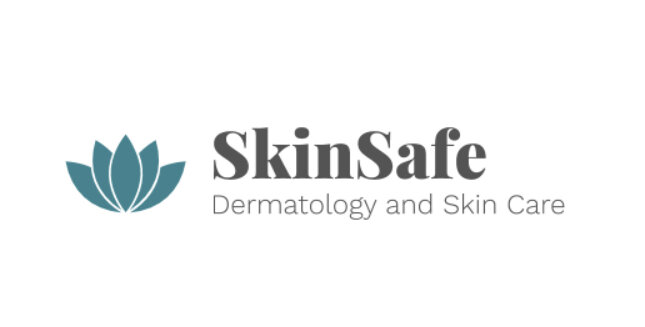Telemedicine 101: Tips to Help Get the Most Out of Your Virtual Dermatology Visit and Ensure that You are ‘Seen’
With COVID-19 cases and hospitalizations still at high numbers, staying home is one of the simplest and most effective way to minimize your COVID-19 exposure. However, staying home should not be an excuse to skip scheduled medical appointments or treat new skin issues. Many skin conditions can be evaluated and managed ‘virtually.’ Your dermatologist can use photographs and video conferencing to examine your skin issues, discuss treatment options, and even send prescriptions to your pharmacy all from the comfort of your own home.
Below are some tips on how to get the most out of your Teledermatology appointment:
Read More
Bullseye! – How to Recognize Tick Bites and Prevent Becoming a Tick Target
The tick bite itself isn’t a big deal. The problem is that tick bites can be a vector for transmitting other infections, most commonly: Lyme disease and Rocky Mountain Spotted fever. These infections are caused by specific spirochetes that each infect a specific tick species; the tick then deposits the infectious agent into the human when it bites and attaches to the human. These ticks often live on other animal hosts (deer, dogs, mice, rats...) and transfer from the animal to the human host when they are nearby.
Read More
Did Quarantine Make My Hair Fall Out? Stress-Induced Hair Loss, aka Telogen Effluvium 101
Dermatologists have been noticing a huge surge in the number of patients presenting with new-onset, significant hair shedding that began this past June, about 3 months after the sudden, mandated quarantine began. Is it possible that the 2 are related?
Read More
Missed a Spot! - These are the Areas You're Probably Not Protecting from the Sun
It’s hot. It’s sunny. And while it feels great to get outside, it’s important to remind ourselves to protect our vulnerable skin from damaging UV rays. UVA rays are the ‘aging rays’, contributing to tanning, brown spots, rough and bumpy skin texture, skin thinning, collagen breakdown and wrinkles. UVB rays are the ‘burn rays’ that cause sunburn and non-melanoma skin cancers. And both types of rays can induce melanoma, a potentially lethal form of skin cancer whose incidence is on the rise in younger people, but which is treatable if caught early.
Read More
Messy Hair, Don't Care - So Long As It's Clean!
Raise your hand if your hair is currently in a strange looking top knot! Wondering if you can get away without washing your #quarantinehair for one more day? Read here to find out why it may be time to jump in the shower! @stayskinsafe
Read More
March Madness: What you Need to Know About Coronavirus-19
With airports restricting travel, work meetings being cancelled and schools (gyms, stores, theaters, restaurants, houses of worship) being closed, how can we stay safe and healthy?
Read More
Month-by-Month Skin Care Guide
Looking to change up your skin care regimen, or just not sure how to start one? Here is a simple guide to let you know on which product to focus each month, in order to look your best each season.
Read More
Set Your SKINtention for the New Year
The New Year is a good time to assess your skin health, set goals for the upcoming year, and plan on how you will achieve them. Unsure what your goals should be? Read here for some guidance!
Read More







